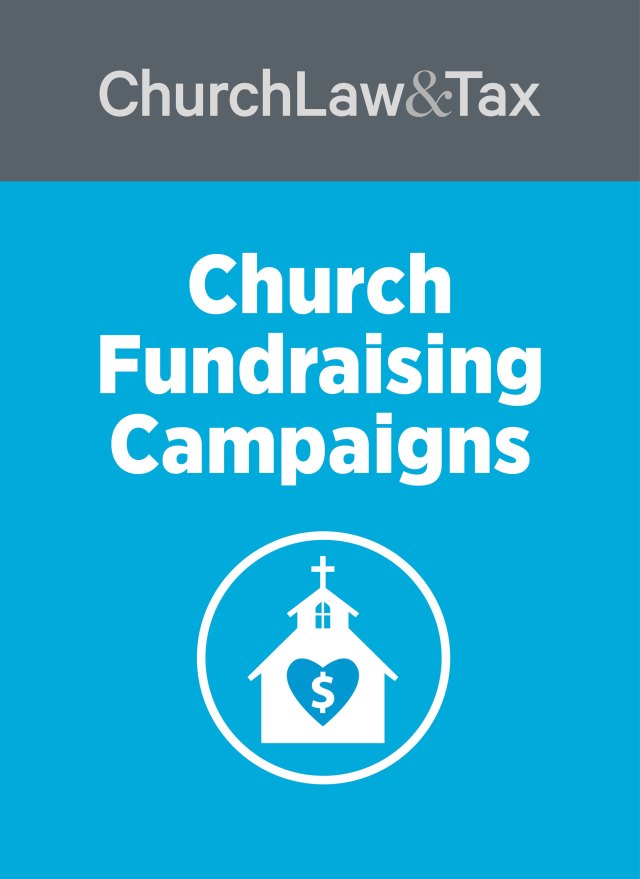A qualified charitable distribution is any distribution from an IRA directly by the IRA trustee to a charitable organization, including a church, that is made on or after the date the IRA owner attains age 70½.
- A distribution will be treated as a qualified charitable distribution only to the extent that it would be includible in taxable income without regard to this provision.
- This provision applies only if a charitable contribution deduction for the entire distribution would be allowable under present law, determined without regard to the generally applicable percentage limitations. For example, if the deductible amount is reduced because the donor receives a benefit in exchange for the contribution of some or all of his or her IRA account, or if a deduction is not allowable because the donor did not have sufficient substantiation, the exclusion is not available with respect to any part of the IRA distribution.
- The maximum annual exclusion for QCDs is $100,000. Any QCD in excess of the $100,000 exclusion limit is included in income as any other distribution. For married couples who file a joint return, each spouse can make a QCD and exclude up to $100,000 out of his or her IRA.
This provision, which was scheduled to expire at the end of 2009, was extended through 2011 by the “Tax Relief and Jobs Creation Act of 2010.”
What, if any, substantiation is a church required to provide to a donor who makes a QCD? The IRS states in Publication 590 that donors must have “the same type of acknowledgement” of their contribution that they would need “to claim a deduction for a charitable contribution.” Publication 590 refers to the “Records to Keep” section in IRS Publication 526 (Charitable Contributions). This section summarizes the substantiation rules that apply to charitable contributions. To illustrate, for individual cash contributions of $250 or more, Publication 526 states that a donor must have an acknowledgment of the contribution from the charity that meets the following requirements:
- It must be written.
- It must list the amount of cash contributed; indicate if the charity provided any goods or services as a result of the contribution (other than certain token items) and, if so, a description and good faith estimate of the value of those goods or services; and, a statement that the only benefit received by the donor was an intangible religious benefit, if that was the case. The acknowledgment does not need to describe or estimate the value of an intangible religious benefit. An intangible religious benefit is a benefit that generally is not sold in commercial transactions outside a “donative (gift) context.” An example is admission to a religious ceremony.
- The acknowledgement must be issued to the donor on or before the earlier of (a) the date the donor files a tax return for the year the contribution was made, or (b) the due date, including extensions, for filing the return.
- According to IRS Publication 590, a church would need to issue a receipt to a donor that meets these substantiation requirements for any QCD of $250 or more, even though these contributions will come directly from the IRA trustee rather than the donor.




